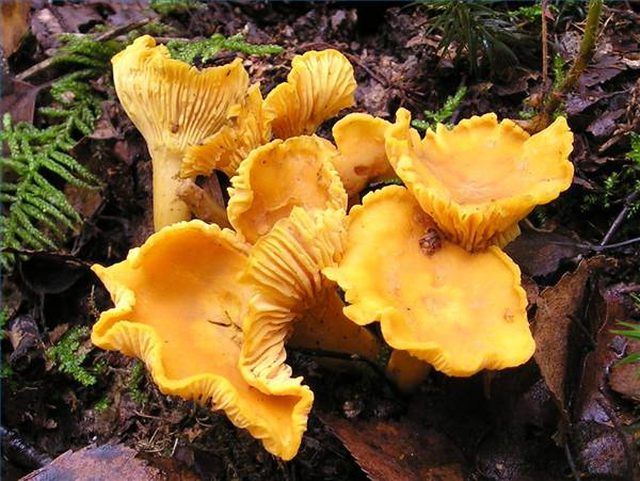Bulbs
Flower Basics
Flower Beds & Specialty Gardens
Flower Garden
Garden Furniture
Garden Gnomes
Garden Seeds
Garden Sheds
Garden Statues
Garden Tools & Supplies
Gardening Basics
Green & Organic
Groundcovers & Vines
Growing Annuals
Growing Basil
Growing Beans
Growing Berries
Growing Blueberries
Growing Cactus
Growing Corn
Growing Cotton
Growing Edibles
Growing Flowers
Growing Garlic
Growing Grapes
Growing Grass
Growing Herbs
Growing Jasmine
Growing Mint
Growing Mushrooms
Orchids
Growing Peanuts
Growing Perennials
Growing Plants
Growing Rosemary
Growing Roses
Growing Strawberries
Growing Sunflowers
Growing Thyme
Growing Tomatoes
Growing Tulips
Growing Vegetables
Herb Basics
Herb Garden
Indoor Growing
Landscaping Basics
Landscaping Patios
Landscaping Plants
Landscaping Shrubs
Landscaping Trees
Landscaping Walks & Pathways
Lawn Basics
Lawn Maintenance
Lawn Mowers
Lawn Ornaments
Lawn Planting
Lawn Tools
Outdoor Growing
Overall Landscape Planning
Pests, Weeds & Problems
Plant Basics
Rock Garden
Rose Garden
Shrubs
Soil
Specialty Gardens
Trees
Vegetable Garden
Yard Maintenance
How to Grow Chanterelle Mushrooms
How to Grow Chanterelle Mushrooms. Mushrooms come in many shapes, sizes, colors and textures. And, many of them are harvested in the wild, such as morels and chanterelles. Efforts have been made to cultivate chanterelles, but to date, have not proved to be very successful because chanterelles require a symbiotic relationship with trees in the...

Mushrooms come in many shapes, sizes, colors and textures. And, many of them are harvested in the wild, such as morels and chanterelles. Efforts have been made to cultivate chanterelles, but to date, have not proved to be very successful because chanterelles require a symbiotic relationship with trees in the forests to flourish. However, researchers continue to experiment.
Understand chanterelles' natural habitat in order to look for them in the wild. They are typically found growing on the ground in the grass or under leaf debris and never on decaying trees or other wood.
Understand the climate. Most mushrooms, including chanterelles, thrive in moist conditions. Extended periods of rain provide the ultimate positive environment.
Know the fruiting season. The fruiting season takes place from May through October. Fall is the time to harvest.
Harvest. When they are ready, they are easy to pick. Simply pull them out of the ground. Gently rock and twist as needed.
Taste them. Chanterelles have a delicate flavor. They are sturdy and go well with light meats such as chicken. They are also good in soups, salads and on pizza. They are firm and most have a fibrous texture with a slight peppery flavor.
Store. There is no need to wash them. Simply brush the dirt off with a soft cloth or paper towel. Place them in a paper bag and store in the vegetable container in your refrigerator. They should keep for up to 7 to 10 days.
Contact your local extension office. If you are interested in learning more about cultivating mushrooms in general, there are some mushrooms, such as shiitakes, that can be cultivated fairly easily and are easy to grow.
Follow the research. Your local extension agent will be able to provide you with resources on chanterelles. He can keep you up to date about cultivating experiments and research that may be taking place in this area. See the Resource below to find the extension office in your area.